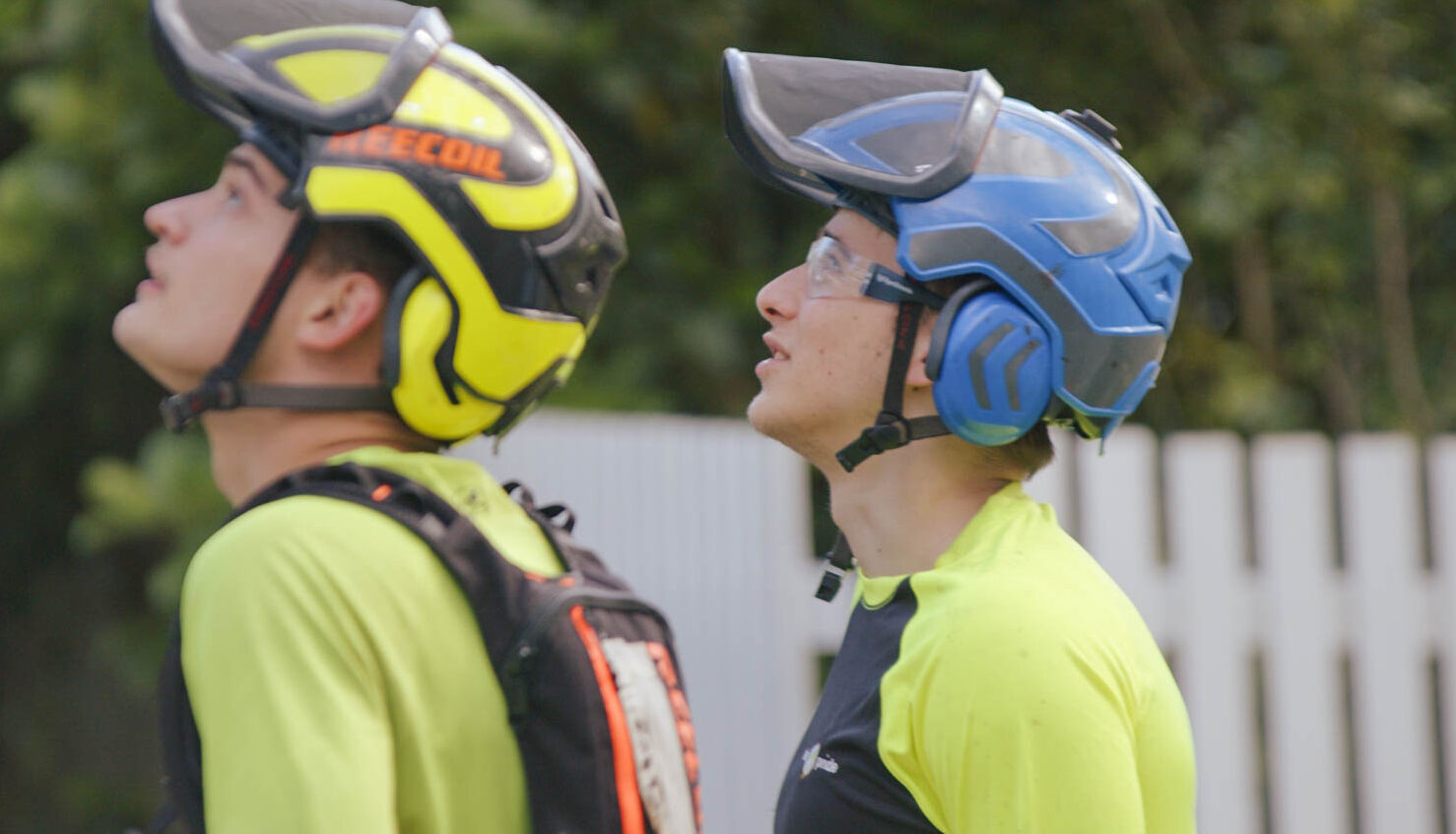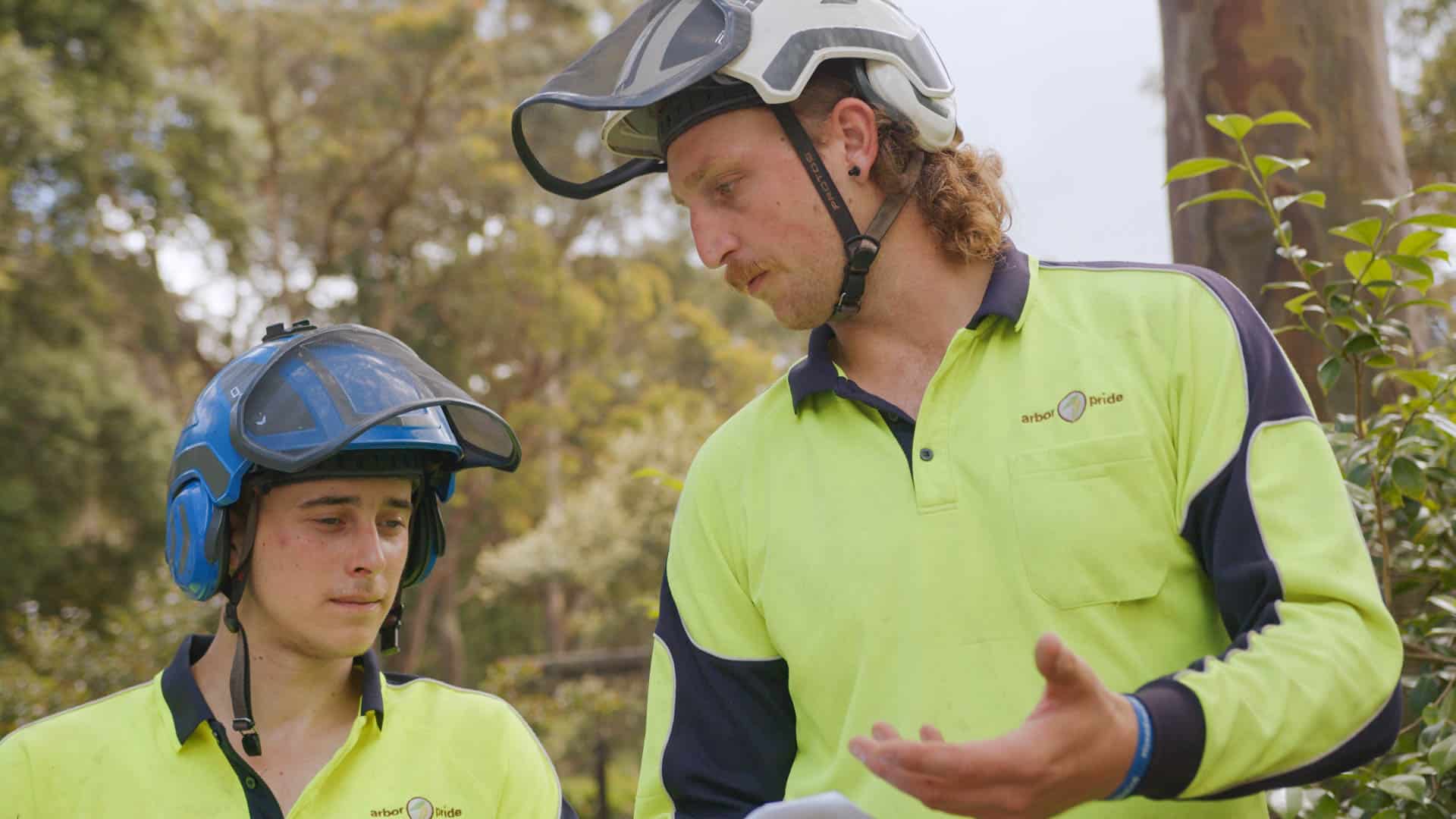Importance of Arborist Reports in Sydney
Arborist reports play a crucial role in urban planning and development in Sydney. Tree management has become a priority with the city’s growing population and increasing pressure on green spaces. Arborist reports help ensure that trees are preserved and maintained correctly, contributing to the overall health of the urban environment.
Additionally, local councils often require arborist reports as part of the development application process. This ensures that any proposed developments consider the impact on existing trees and comply with environmental regulations. Establishing tree protection zones (TPZ) around trees during development is essential for their protection, and arborists must provide detailed recommendations on managing construction activities to avoid damaging the trees.
Key Components of an Arborist Report
A comprehensive arborist report includes several key components that provide a detailed assessment of the trees in question. Firstly, the report identifies and describes each tree, including details on species, age, and size, which aids in understanding their specific needs and characteristics.
The report also features a thorough assessment of the trees’ health and condition, identifying any signs of disease, pest infestation, or structural issues. A risk assessment and management plan outlines potential hazards and recommends measures to mitigate these risks.
The report includes vital recommendations for tree management, providing advice on preservation, maintenance, or removal. This section may suggest practices such as pruning, fertilisation, or other care methods to improve tree health.
Photographs and diagrams frequently accompany the report to provide visual support for the findings and recommendations. These images illustrate the tree’s condition and highlight any areas of concern.
Finally, the report evaluates the tree’s structural integrity and potential hazards, ensuring that any risks to people or property are identified and addressed.
The Role of a Qualified Arborist
A qualified arborist plays a pivotal role in preparing an arborist report. Their expertise and experience are essential for conducting a thorough assessment of a tree’s health and condition. They are trained to identify potential risks and hazards, such as structural weaknesses or signs of disease, which may not be obvious to the untrained eye.
Qualified arborists provide recommendations for tree management, ensuring that the trees are cared for in a way that promotes their health and safety. They prepare comprehensive reports that comply with local council regulations, which is crucial for obtaining permits and ensuring adherence to these regulations.
The qualifications and experience of a qualified arborist are essential for accurately assessing tree health and safety. Their expertise allows them to offer reliable and well-informed recommendations, helping property owners and developers make the best decisions for their trees.
Types of Arborist Reports
Tree Risk Assessment Reports
Tree assessment reports provide a comprehensive evaluation of the health and condition of trees on a property. These reports typically include an analysis of the tree’s species, age, health status, and structural integrity. They are essential for identifying any potential risks associated with the trees, such as disease or instability. Additionally, these reports play a crucial role in helping to identify trees that may pose risks to the local community, which is important for councils when making decisions on tree removal permits and formulating tree protection laws.
Tree assessment reports are often required when purchasing property or before undertaking any development work. They help ensure that trees are managed responsibly and that any necessary maintenance is carried out.
Tree Removal Reports
Tree removal reports are specifically focused on trees that may need to be removed due to health issues, safety concerns, or development plans. These reports outline the reasons for the proposed removal and provide recommendations for alternative solutions, if possible. When considering how much does an arborist charge for a tree removal report, costs can vary significantly based on location and the number of trees being assessed.
Local councils typically require a tree removal report as part of the application process for tree removal permits. This ensures that the decision to remove a tree is justified and that the impact on the environment is considered.
Tree Protection Reports
Tree protection reports are intended to outline measures that should be implemented to safeguard trees during construction or development activities. These reports offer guidelines for maintaining tree health and stability while ensuring adherence to local regulations. Arborist report services provide comprehensive expertise in tree removal and maintenance, ensuring that trees are protected during development across various regions in Australia.
Such reports are crucial in preserving trees that contribute to the urban landscape and maintaining biodiversity. They often include recommendations for protective barriers, root zone management, and ongoing monitoring during construction activities.
Tree Impact Assessment Reports
Tree impact assessment reports evaluate the potential effects of proposed developments on existing trees. These reports assess how construction activities may impact tree health, stability, and overall ecosystem function. Tree inspections, performed by qualified arborists, are crucial in these evaluations to ensure a comprehensive understanding of tree health and safety.
These assessments are vital for ensuring that development projects comply with environmental regulations and that any necessary mitigation measures are implemented to protect trees and their surrounding environment.
Development and Council Applications
An arborist report is often a critical component of development and council applications. A detailed arborist report provides the necessary information for local councils to make informed decisions when applying for tree removal permits, development applications, or tree management plans.
These reports help ensure that any proposed developments consider the impact on existing trees and comply with local council regulations. They provide essential information on tree health, potential hazards, and recommended management practices, helping to preserve and protect urban green spaces.
For property developers and homeowners, an arborist report is invaluable for navigating the regulatory landscape and ensuring the health and safety of trees on their property. By providing a thorough assessment and clear recommendations, these reports facilitate compliance with local council regulations and support responsible tree management.
Arborist Report Costs
Factors Influencing Arborist Report Costs
The cost of an arborist report can vary greatly depending on several factors. The complexity of the assessment, the number of trees involved, and the specific type of report needed all contribute to the final cost. Additionally, the arborist’s experience and qualifications can affect pricing. Highly qualified arborists with extensive experience may charge more for their services, but they typically offer a higher quality of assessment and recommendations.
Level 5 Arborist Report Costs
A Level 5 arborist report is the most comprehensive type of report, typically involving detailed assessments and recommendations for complex situations. The costs for a Level 5 report can be higher than standard assessments due to the in-depth analysis required.
Property owners should budget accordingly for this type of report, especially if it is necessary for development applications or significant tree management decisions. It is advisable to obtain quotes from multiple arborists to ensure competitive pricing.
Read Less -

